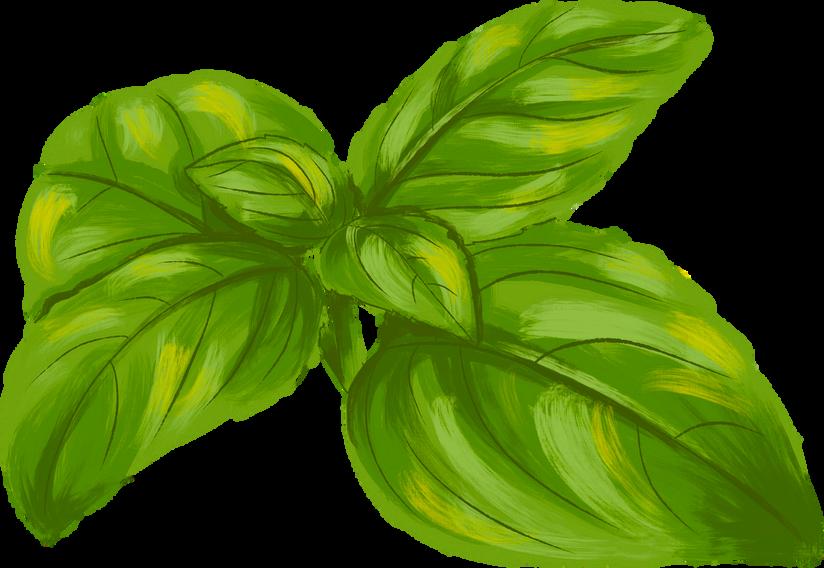Tradition toTable


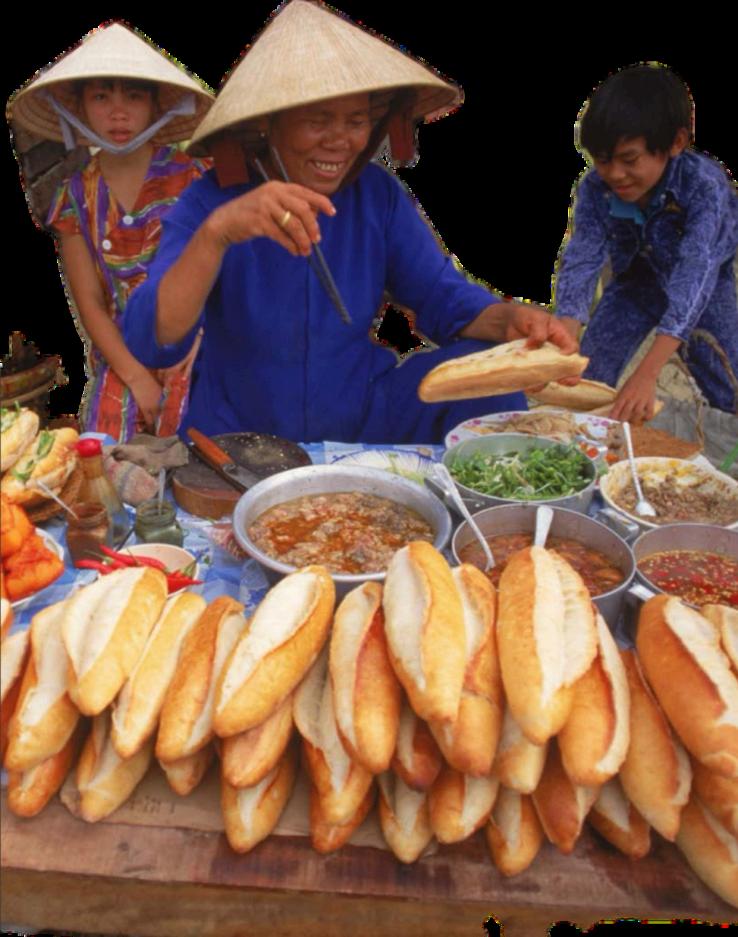
The Journey of Vietnamese Food through Time and Space
Picture: The Marvel of Bánh Mì by Andrew LamCoté, C. (2022). tuukwasiiłl The Tseshaht Community Garden Project, Cultivating a Space for Community Healing and Wellness (pp. 87–112). essay, University of Washington Press.
Lam, A. (2015, December 28). The Marvel of Bánh Mi. The Cairo Review of Global Affairs. https://www.thecairoreview.com/essays/the-marvelof-banh-mi/
Madigan, G. (2022, September 30). Asian grocer VietWah closes Seattle store after 41 years. KNKX Public Radio. https://www.knkx.org/arts-culture/2022-0930/asian-grocer-viet-wah-closes-seattle-storeafter-41-years
Food Sovereignty is...
Cultural Preservation and Revival
“...reconnecting our cultural roots and identity to that place, to the nisma, and in return, mending it and restoring it to its cultural identity” (Coté, 2022)
intergenerational knowledge
identity teaching connection
cultural reclamation
Colonial Resistance
“Colonial trauma is best described as ‘complex, continuous, collective, and cumulative with the resulting transmission of compounded trauma across generations” (Coté, 2022)
cultural adaptation resilience
generational trauma
Community Building
community wellness engaging
sharing understanding
mutual respect support resisting colonial narratives power
“Food sovereignty is the right of peoples to healthy and culturally appropriate food produced through ecologically sound and sustainable methods, and their right to define their own food and agriculture systems.
It puts the aspirations and needs of those who produce, distribute and consume food at the heart of food systems and policies rather than the demands of markets and corporations.”
– Declaration of Nyéléni, the first global forum on food sovereignty, Mali, 2007

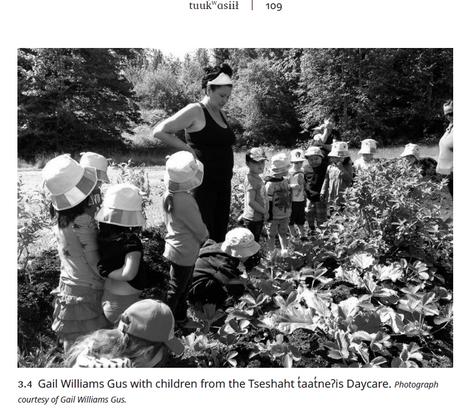

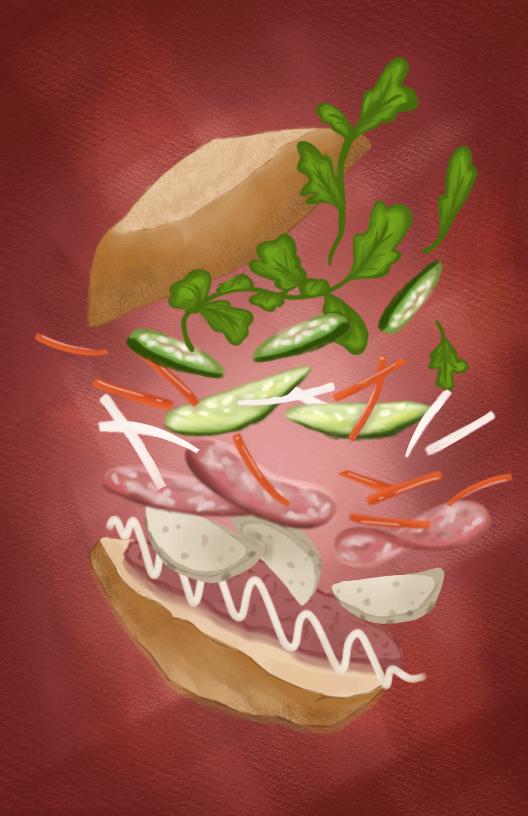
bánh mì
FROM THE STREETS OF VIETNAM TO THE MOUTHS OF AMERICANS
Bánh mì is a dish that is directly tied to French colonialism. When the French first colonized Vietnam in the mid to late 1800s, the baguette was introduced to the region. It was considered a luxury, being made of expensive, imported wheat flour.

But over time, Vietnamese people began making baguettes with rice flour and bánh mì became a cheap, easy food to make and eat. It became a working-class meal in the 1900s.

“It was street food long before street food became an obsession with foodies”
– Lam, The Marvel of Bánh MìThey were often filled with Vietnamese cold cuts, herbs, and pickled vegetables. The more expensive versions of bánh mì had French-style meats and pâté.

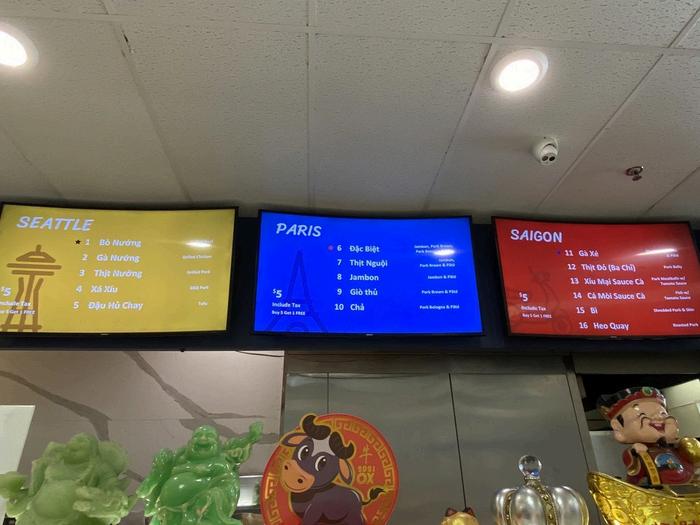
However, the versions of bánh mì that I’m more familiar with are the ones made in America.
Growing up, bánh mì was something my family bought to bring on road trips as an easy food to eat on the go or something that could feed a large crowd.

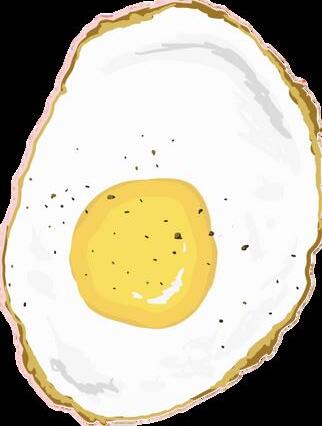
My favorite kind is bánh mì đac biet, a more traditional style, filled with Vietnamese cold cuts and pork liver pâté.
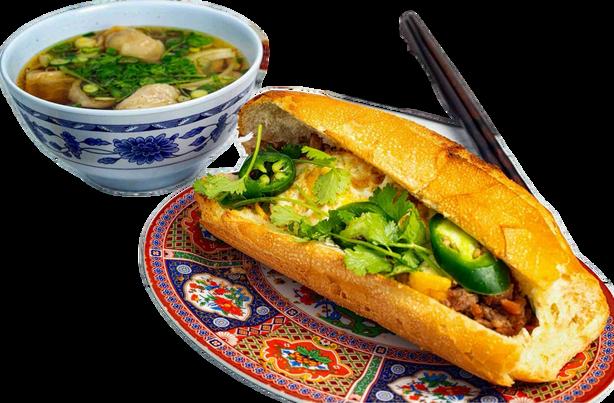
Now, being a student at UW, I’ve learned that bánh mì is a beloved food for college students as well. But places like Saigon Deli, a local restaurant that my friends and I frequent, offer types of bánh mì that I never had growing up–ones filled with marinated meats and fried eggs.
The menu of Lan Hue, a former bánh mì shop in Little Saigon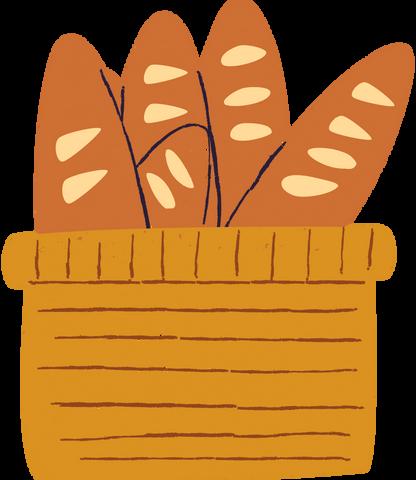

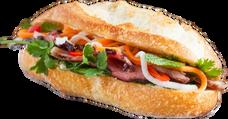
Bánh mì has gone through a lot of change over time–starting with the French, adapted by Vietnamese people, and now the same with overseas Vietnamese immigrants. The types of ingredients and resources available to make Vietnamese food are not the same as the ones in Vietnam, so people had to make do with what they had.
It’s not a bad thing that bánh mì has changed– food evolves as it’s passed down through generations and as it reaches different parts of the world. Vietnamese immigrants in America had to adapt to their surroundings while not forgetting where they came from.

Raves to Restaurants

TheArbiter ofCulture
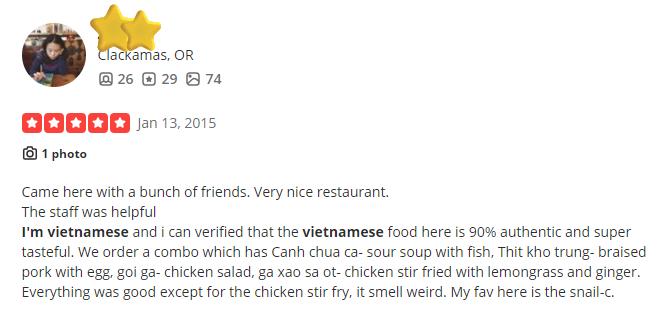





through cultural food verification




preservation and connection of cultural heritage
reclaiming




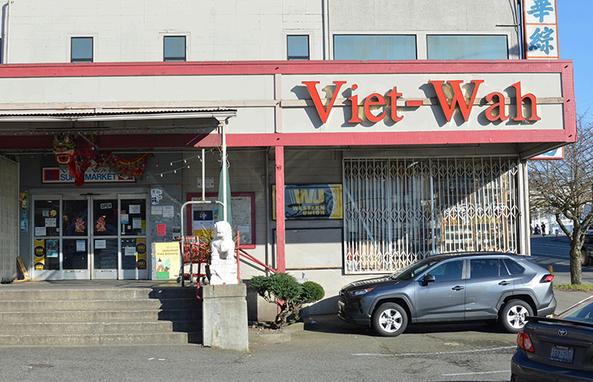

Symbol of the Community
Growing up, I was lucky to have two Asian grocery stores within a two-mile radius of my home. They served as an easy way for my parents to be able to cook the traditional Vietnamese foods that they grew up with in Vietnam, sharing their childhoods with their own children.
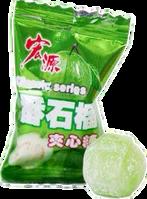
I have fond memories of going to these grocery stores, especially ones in Seattle when I came to visit my paternal grandparents. So it was something of a reality check to see one of the very few grocery stores close down after serving the community for decades.
Opening in 1981, Viet-Wah was the first Asian supermarket to serve the growing Southeast Asian population in Seattle. It became a staple for everyone, with many children of Vietnamese immigrants having precious childhood memories running between the store aisles.
But unfortunately, they had to close their original location in Seattle in 2022, after 41 years. To see one of the pillars of the Vietnamese communities in Seattle fall victim to rising rent, the pandemic, and employee shortages, is a heart-aching thing to witness during my lifetime.
That leads to questions of: How are people able to buy ingredients for their traditional foods if ethnic grocery stores are being forced to close down? What if they don’t have the time or resources to travel to further grocery stores? What happens if people stop cooking their traditional foods? Is it even that serious?
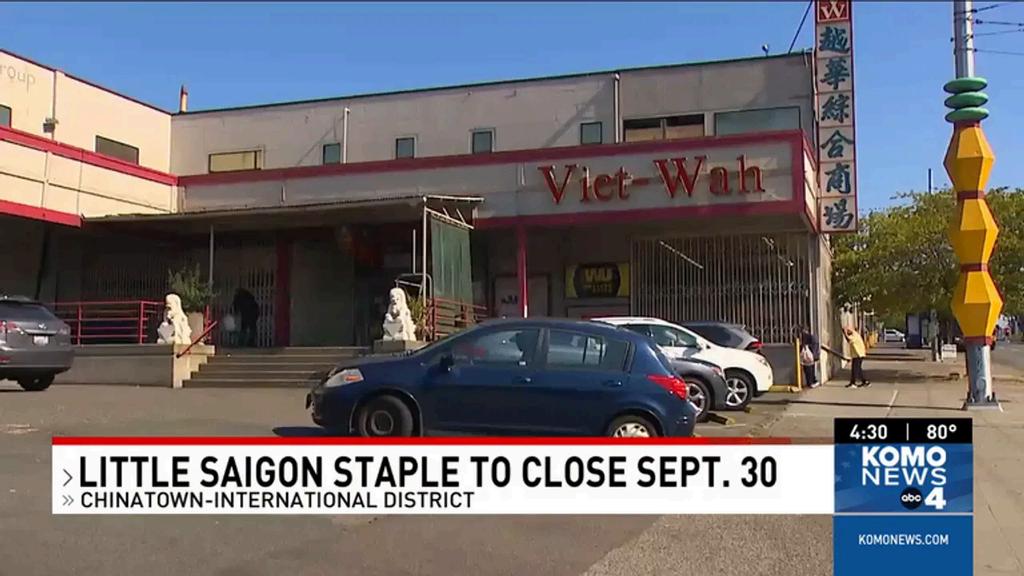
And to that, I say: yes, it’s that serious. For VietnameseAmericans, like me, who were born in America, food is one of the main ways we can stay connected to our cultural roots– and arguably, the easiest. Whether it’s the home-cooked food that our families make for us, the food we eat at family gatherings, or the food that we eat at Vietnamese restaurants, Vietnamese food is something that we can call our own while living in a dominant, American society.
As I grow up and begin cooking for myself, I miss home-cooked Vietnamese food more and more. That’s when I started to ask my mom how to cook certain things and what kind of ingredients I needed to buy for them.
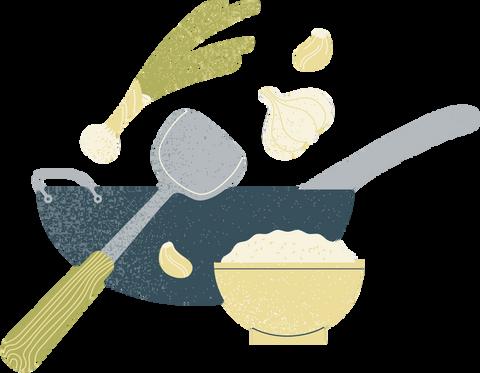
Grocery shopping as a 5’2” girl living in a city without a car is hard enough within itself, but when the nearest grocery store that has the right ingredients is not a 5minute walk down the street but instead, a 45-minute journey that requires walking, taking the Light Rail, and bussing, it becomes a lot harder to keep traditional, homecooked Vietnamese food in my daily life.


Deep down, I worry about Vietnamese culture ending with me and my generation. Because one day, my grandparents, parents, aunts, and uncles– who have all grown up in Vietnam– won’t be here anymore and any knowledge they have of our culture will also go with them.
I know I won’t be able to carry on these traditions and knowledge perfectly, as I am someone who is living in America and not Vietnam, but I still would like to carry on the traditions of my parent’s home country and continue passing down the knowledge to the next generation of Vietnamese-Americans.
But how can I do that when I can’t easily find the right ingredients that I need?
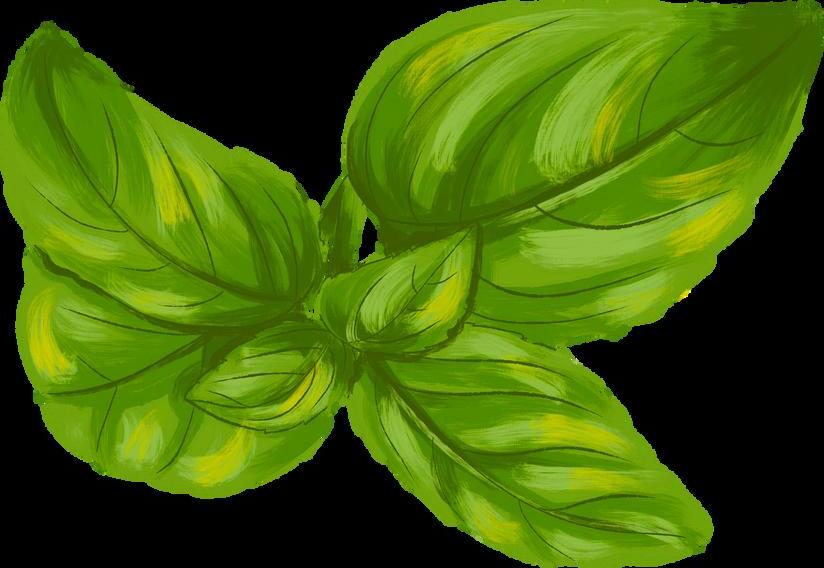
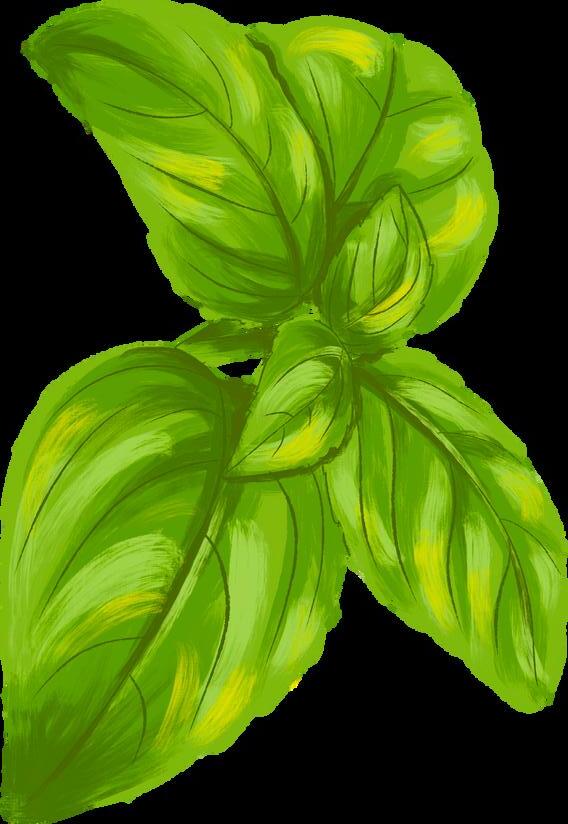
This zine explores the story of Vietnamese food, focusing on its journey through Frenc colonization to its rising popularity in the United States. We look at the origins of bán mì and how it has evolved and adapted to where it is today.
Vietnamese food serves as a medium for cultural preservation and expressing one’s cultural identity, especially as the places where Vietnamese food is enjoyed changes over time.
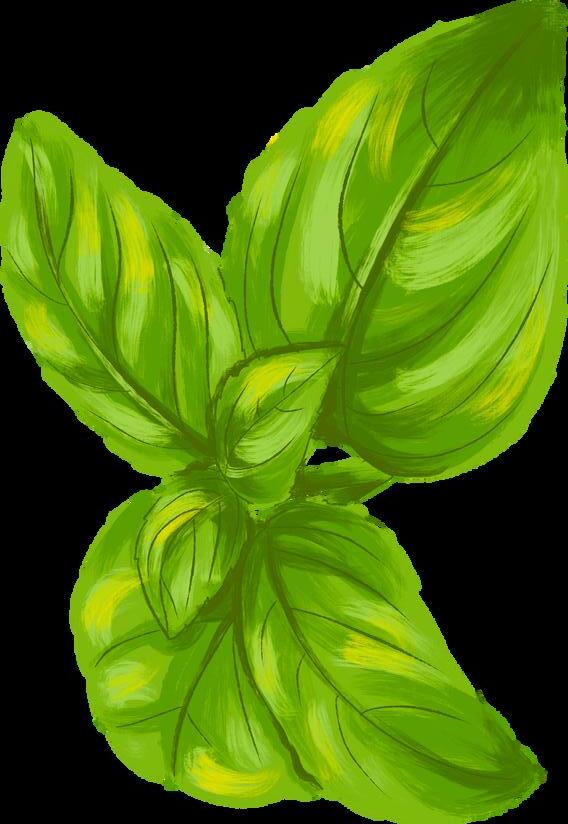
We’ll be looking at the impact of colonization on Vietnamese food, the influence of influencers in the popularity and visibility of Vietnamese cuisine, and the importance of Vietnamese/Asian grocery stores for cultural food access.
HT
